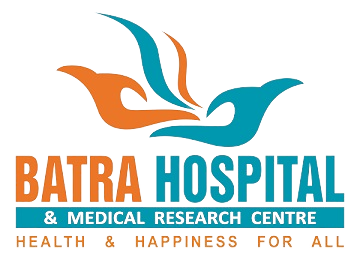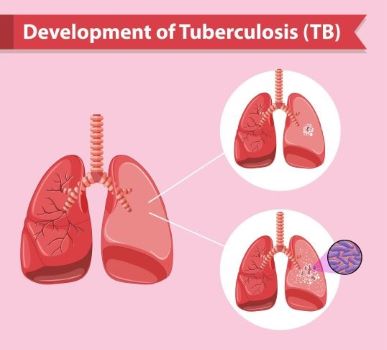Tuberculosis new challenges
Tuberculosis (TB) is one of the most ancient diseases of mankind
- In 1882, Robert Koch discovered bacillus Mycobacterium tuberculosis
- It is caused by bacteria termed Mycobacterium tuberculosis complex which includes M tuberculosis, M bovis, M microti and M africanum
- TB kills 2 million people per year. According to WHO, half of all new cases are in six asian countries including India .
- People with co-infection of HIV and TB are much more likely to develop TB.
- Today in India, two deaths occur every three minutes from TB.
Indian scenario
TB has been mentioned in the Vedas and Ayurvedic scriptures as kshaya rog. In 1993, WHO declared TB to be a global emergency and devised DOTS strategy. In 1997, the Revised National TB Control Program (RNTCP) was launched and adopted this strategy. In year 2005, 0.04% of the TB cases in India were diagnosed and reported as MDR-TB, which rose to 0.15% (~4 times) in 2007.
Multidrug-resistant tuberculosis:
· MDR TB: M.Tuberculosis strain resistant to most potent TB drugs- INH & Rmp.
· XDR TB: Extensively drug-resistant TB (XDR-TB) caused by bacteria resistant to INH & Rmp as well as to any fluoroquinolone and any of the second-line anti-TB drugs (kanamycin or capreomycin).
These forms of TB do not respond to the standard six-month treatment and take up to two years or more to treat with drugs that are less potent, more toxic and much more expensive. Both MDR-TB and XDR-TB are the emerging threats to anti-TB programs.
Drug resistance can be Primary resistance or drug resistance among new cases or Acquired resistance is drug resistance among previously treated cases.
Current protocol for treatment of MDR-TB : Standardized regimen: Empirical treatment for previously treated Ist line TB drugs. It includes essential drugs: Streptomycin, Pyrazinamide, Ethambutol Thioacetazone 2nd line drugs :Aminoglycosides (Kanamycin, Amikacin, capreomycin), Thioamides (Ethionamide, Prothionamide), Fluoroquinolones (Ofloxacin, Ciprofloxacin), Cycloserine/Terizidone and PAS
HIV & TB: In India, 2.5 million people live with HIV and AIDS (PLHIV). This population is 20 - 40 times more likely to develop active TB and is a leading cause of death in them. It accelerates HIV disease and MDR-TB and reduces HIV treatment efficacy. A national policy to coordinate common activities for HIV/AIDS and TB has been formulated by the National AIDS Control Organization(NACO) and the Central TB Division(CTBD) in 2008.
Conclusions :
We have come a long way in our fight against this deadly disease but many steps will have to be taken before we are TB free. WHO with its “STOP TB” strategy has given a vision to eliminate TB by 2050.


